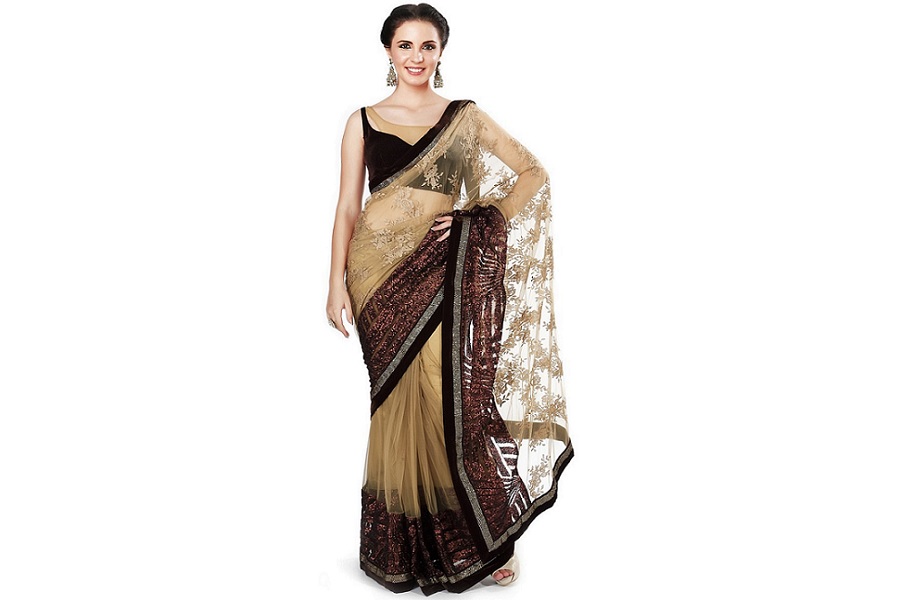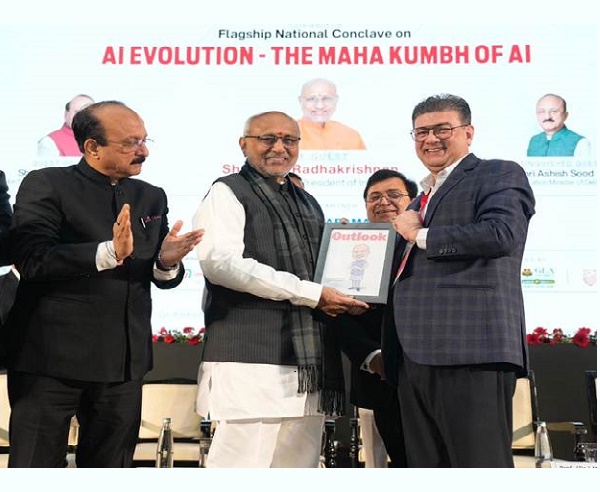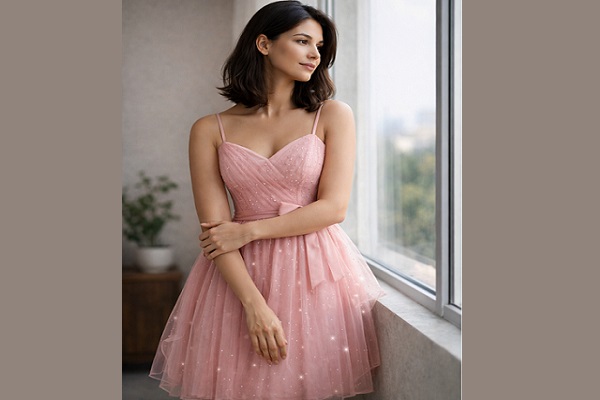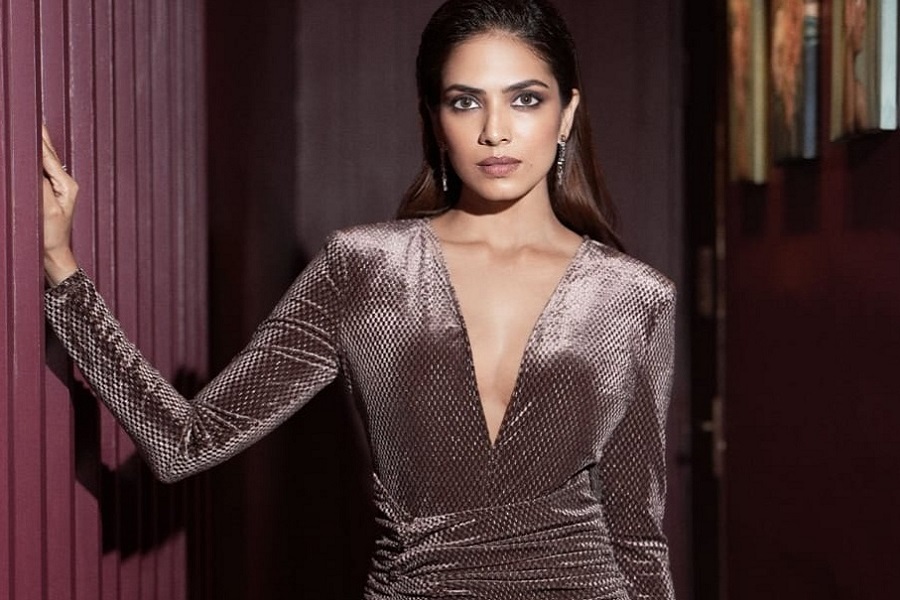The Evolution of Saree Fashion: From Traditional to Contemporary

The saree, a timeless symbol of Indian culture, has undergone a remarkable transformation over the centuries. From its humble origins as a piece of cloth wrapped around the body to the fashion-forward, statement-making garments we see today, the saree's evolution is a reflection of changing societal norms, fashion trends, and technological advancements.
Traditional Beginnings
The saree's history dates back over 5,000 years, making it one of the oldest garments still worn today. Initially, it was a simple, unstitched piece of fabric draped in various styles, primarily to offer comfort and practicality. The traditional saree was usually made from cotton, silk, and wool, fabrics that were locally sourced and dyed with natural colors. The draping styles varied across regions, with each area having its distinct way of wrapping the fabric—whether it's the Nivi style from Andhra Pradesh or the Bengali drape.
The saree was worn with simple jewelry, and the blouse, or "choli," was minimalistic, often crafted from the same fabric as the saree. The saree was a symbol of modesty, with its draping techniques designed to provide coverage while allowing freedom of movement.
The Impact of British Colonialism
During British colonial rule, the saree saw its first major shift. Western influences began to shape fashion, and the saree's designs began to incorporate European elements. This era saw the rise of lighter fabrics such as muslin and the introduction of printed designs. The influence of European dress codes led to the emergence of the Victorian-style blouse, which featured high collars and button-down designs. Although the saree continued to be a part of Indian culture, these colonial influences were evident in the fashion trends of the time.
Post-Independence Fashion Revival
After India gained independence in 1947, the saree underwent a major revival, with designers seeking to re-establish its cultural significance. The 1950s and 60s saw a resurgence of traditional Indian fabrics like Khadi, which was promoted by Mahatma Gandhi as a symbol of self-reliance. During this period, the saree was firmly associated with elegance, grace, and national pride.
The golden age of Bollywood in the 1960s and 70s further popularized the saree, with iconic actresses like Nargis, Hema Malini, and Rekha becoming saree icons on screen. Their portrayal of saree-clad characters in films set fashion trends that were widely imitated by the public. The saree became a symbol of femininity, with film stars wearing it to showcase both their beauty and poise.
Modern-Day Saree Fashion
In recent decades, the saree has continued to evolve, embracing modernity while staying true to its roots. The introduction of new materials, like Lycra and chiffon, has made the saree more comfortable and versatile, allowing for easy draping and movement. Designer sarees, which incorporate embellishments such as crystals, sequins, and intricate embroidery, have gained popularity for formal occasions, weddings, and high-profile events.
One of the most significant trends in modern saree fashion is the fusion of styles. Designers have introduced innovative draping methods, such as the "pant saree" or "saree gown," which merge the elegance of a saree with the practicality of pants or gowns. This fusion reflects the modern woman's need for style that is both chic and functional.
Bollywood celebrities, from Sridevi to Deepika Padukone, have embraced this new-age saree fashion, bringing it into the global spotlight. The saree is now worn not only on traditional occasions but also at red-carpet events, with actresses pairing their sarees with contemporary accessories and modern blouses, such as crop tops, halter necks, and off-shoulder designs.
Saree as a Symbol of Empowerment
Today, the saree is no longer just a garment; it is a symbol of empowerment, confidence, and modern femininity. Women of all ages and backgrounds wear the saree with pride, adapting it to their personal styles and preferences. Whether it's a corporate setting, a casual get-together, or a grand wedding, the saree has found its place in every context, further cementing its position as a versatile and timeless piece of fashion.
In conclusion, the saree's evolution is a testament to its adaptability and relevance across generations. From its traditional roots to its modern reinvention, the saree continues to be a symbol of elegance, identity, and cultural pride.























